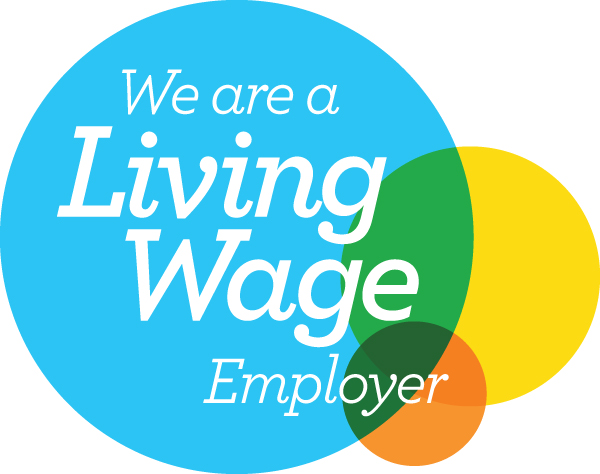How to communicate in the age of hybrid working
By Louise Alestam27/01/2021
With the rollout of multiple COVID-19 vaccines already underway, 2021 has commenced with renewed hope, despite the latest lockdown, with businesses finally able to look forward to, and plan for, a post-pandemic future. Office workers are expected to start returning to the office, albeit in a hybrid format, later in the year. A global survey by Slack showed that 72% of respondents desire a hybrid remote-office work model going forward, affording them greater independence and flexibility in their working lives. Businesses have acknowledged the benefits of hybrid working; even governments are catching on. The Irish Tánaiste Leo Varadkar has announced Ireland’s first National Remote Work Strategy, for example, guaranteeing all employees the right to request to work from home.
As businesses across the globe plan to adapt to new and flexible working models, it will be important to also focus on amending their internal communication strategies. Communications professionals, long accustomed to flexible workspaces, are leading the way in helping companies adapt their messaging methodology to this new hybrid workforce. As the pandemic has illustrated, effective internal and external communications can help organisations, and business leaders not only connect better with stakeholders but also be a tool to uphold company culture and enable employee collaboration and engagement.
If hybrid working does indeed become the anticipated ‘new normal’ in the long-term, how can businesses harness the power of internal communications and adapt their messaging to this model?
Fostering inclusion
As staff will be dispersed in the future across the office and home, there is a risk that the two groups may feel disconnected and disengaged from wider the company culture. Remote workers, especially, report feelings of isolation and a sense of ‘missing out’ compared with colleagues still utilising the traditional workplace.
Companies can begin by giving employees enough notice of upcoming face-to-face encounters to plan their trips to the office, if appropriate, and in keeping with government guidance. Businesses may also use methods of communication that engage the entire workforce, including through now widely used online communication platforms and visually led content. This will help increase camaraderie and feelings of inclusivity amongst teams, making the location of work less significant. Companies could, and have been, moving social events into the digital realm. Digital happy hours, buddy systems, coffee roulette, and Q&A sessions are effective ways of giving all groups of employees’ equal opportunity to socialise with colleagues and interact with management, making the entire workforce happier and more engaged.
Adopting the right tone of voice
With a workforce scattered across multiple locations, written communication is a vital tool in preventing misunderstandings and keeping everyone up to speed. The right tone of voice is, however, notoriously difficult to decipher over text. Organisations should thus make every effort to ensure written communication is tonally appropriate, given the ongoing stresses and anxieties related to the pandemic.
Instead of a top-down approach, firms should consider encouraging employees to act as internal brand ambassadors by asking workers via employee surveys how the company can continue to best engage with them. Workers will likely feel more seen, heard, and reassured by their company’s leadership as a consequence. In light of the ongoing economic recession, where openly discussing difficult issues such as furlough and redundancy poses a challenge, adapting an empathetic tone of voice is crucial in maintaining employee morale and boosting trust in the corporate leadership.
Consistency is key
Effective internal communication is likewise dependent on regularity. Receiving consistent and accessible information makes employees feel supported, especially when workers are physically distanced from decision-makers.
Companies may thus wish to use internal communications platforms/intranets to keep staff well-informed. Using diverse technological tools and mediums for communication with staff – mixing written and spoken information will help foster better engagement. A segmented communication approach also ensures that specific groups within the business receive information that is most relevant to them.
Hybrid working is here to stay. Businesses seeking to manage both office and remote work experiences need to consider how to adapt their communication accordingly. Different employee groups have different needs. An empathetic communications approach requires businesses to build an operational framework that fosters team and company-wide inclusivity, an appropriate communicative voice, and regular and transparent business updates.
To find out more about how Atticus Communications can help your organisation craft your internal communications strategy, get in touch at info@atticuscomms.com







